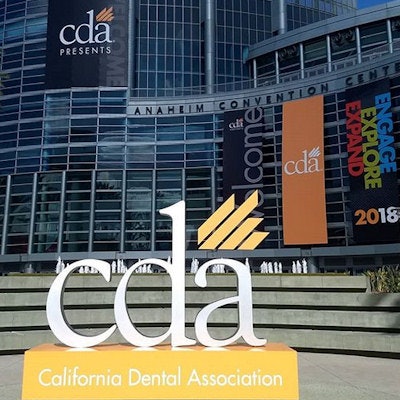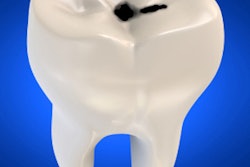
How does your office detect early caries?
This is the question Ron Kaminer, DDS, asked of an audience at last week's California Dental Association's CDA Presents 2018 meeting in Anaheim, CA. Watching may not be an option, but many currently used diagnostic methods have their shortfalls, he noted.
"We need more direction in early caries diagnosis," he said. Dr. Kaminer practices in Hewlett and Oceanside, NY.
Not-so-sharp explorers
Dr. Kaminer walked the audience through the caries detection methods most dental offices use, starting with sharp explorers.
"Sharp explorers are the least accurate method for early caries detection," he told the audience. "This is only 25% to 50% accurate."
Explorers have a low reliability and a high rate of false positives, Dr. Kaminer added.
"We're leaving decay in a patient's mouth if all we are using is an explorer," he said.
He then made a comparison to physicians' offices and hospitals, noting that these healthcare practices have established best practices for using diagnostic instruments that dentistry would do well to adopt.
Rather than ditching explorers entirely, Dr. Kaminer recommended using them as an initial tool supplemented by other methods.
He also noted that many offices use x-rays and stains to help them detect early caries in patients. Both methods have their issues, Dr. Kaminer explained to the audience.
"X-rays are an issue because we need 40% to 50% demineralization of the tooth for decay to show up," he said.
Dr. Kaminer also pointed out that when it comes to using stains, the published clinical evidence is not clear.
He also decried the use of gross debridement, saying it gives patients a false sense of the problem being solved.
"We don't do [gross debridement] because it's a license for patients not to come back," he said.
What do you do?
Some studies have recommended watching to see if treatment is needed in the future, Dr. Kaminer said.
"Watching for me is not an option," he said with a smile. "We need a new diagnostic model."
Dr. Kaminer then described what practices he and his hygienists undertake in his office.
"Let's go back to something very basic -- loupes and lights," he said. "All the hygienists in my office wear loupes and lights."
This helps the hygienists identify early caries more readily, he explained.
Dr. Kaminer's next recommendation was to look at your office's digital radiography setup. He was asked how often he takes x-rays in his office. He noted that there are guidelines that he generally follows but also noted that concerns over radiation from dental imaging were usually overblown.
"We do a full-mouth series once every three years," he said. "Bitewings once a year, unless there's an at-risk patient, in which case we would take them every six months."
One issue with that timetable, he noted, is cost.
"The patient has to own this," he said. "You and your staff have to show them why this is worth the cost."
Dr. Kaminer then concluded by stating that a number of good diode lasers are on the market and their use in early caries detection needs to be explored more.



















